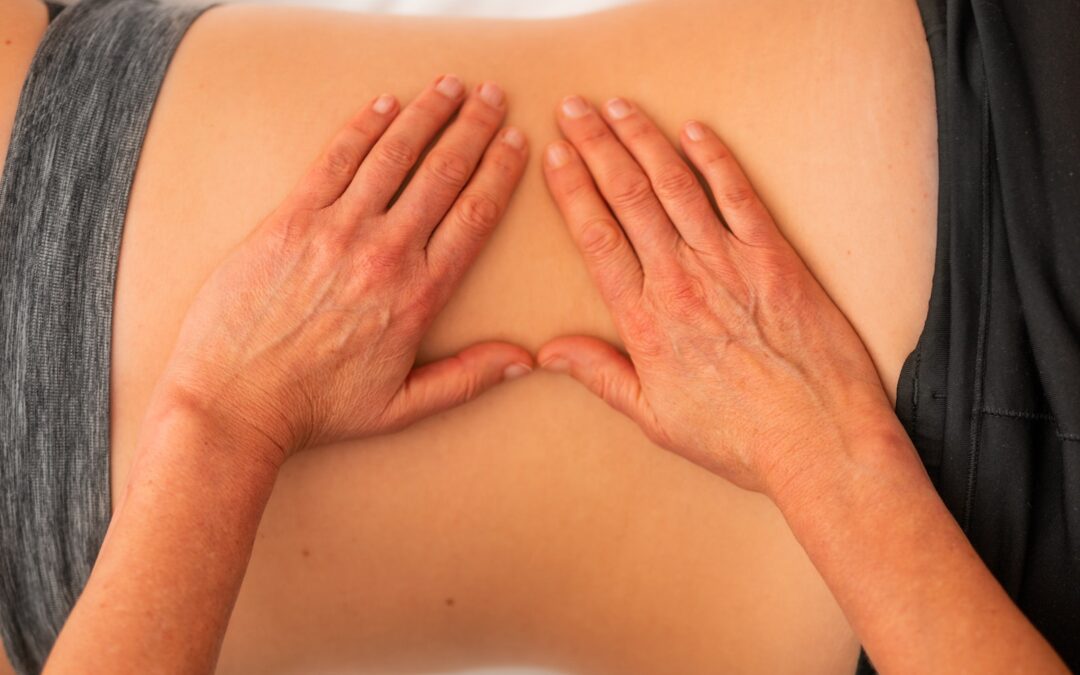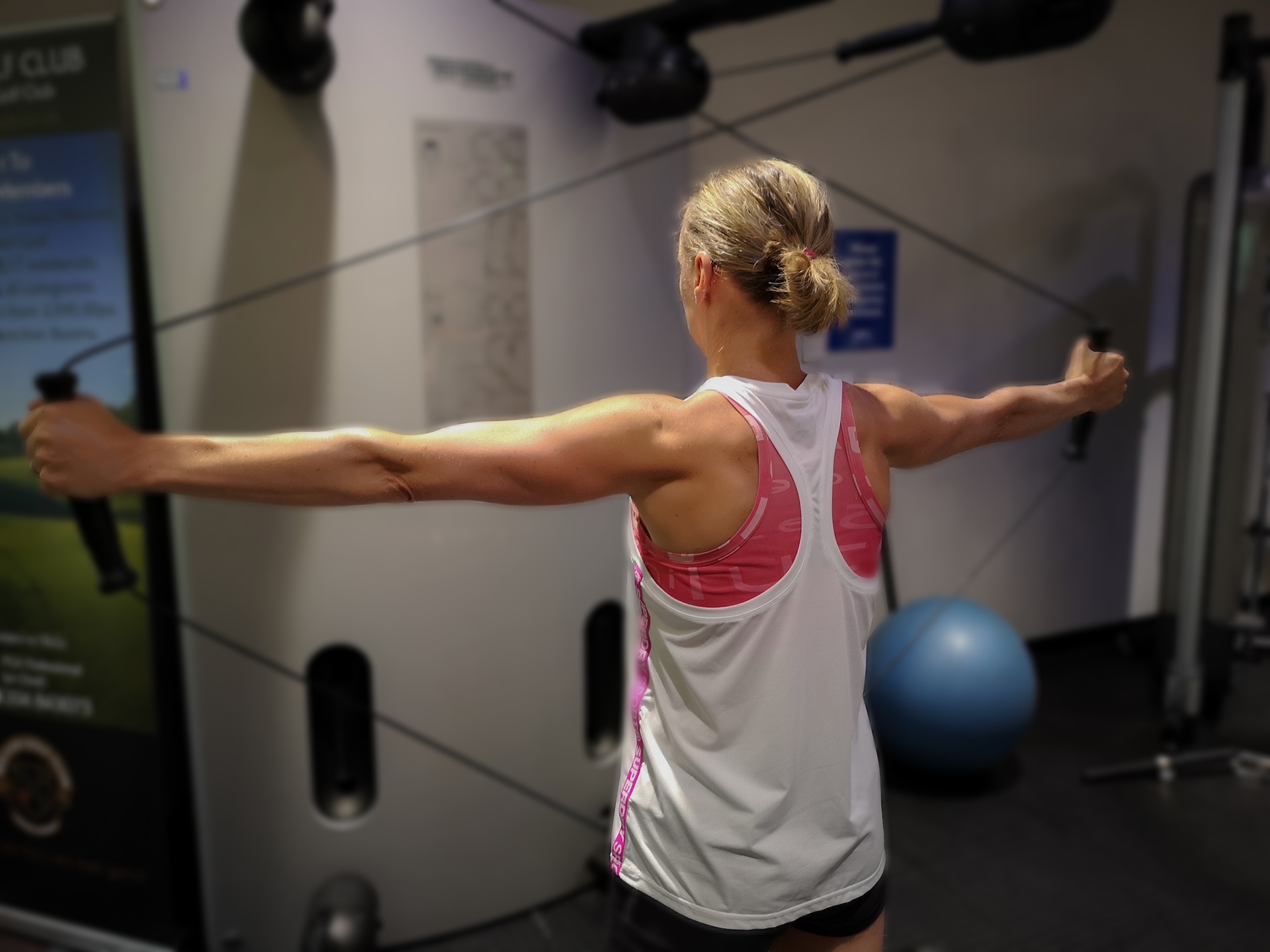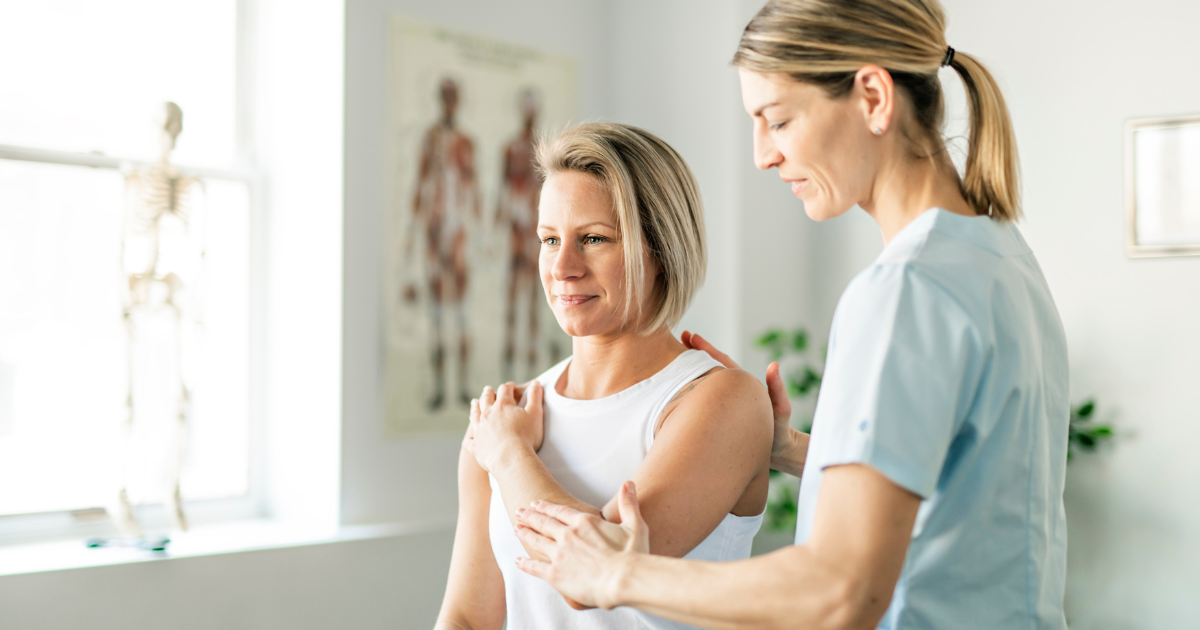Benefits of Manual Therapy in Rehabilitation
The Benefits of Manual Therapy in Rehabilitation has been known for thousands of years and have become a fundamental part of healthcare treatment and rehabilitation.
Manual therapy, a hands-on approach to healthcare, has gained recognition as a valuable tool in the field of rehabilitation. Through skilled techniques, manual therapy aims to address movement restrictions, reduce pain, and improve overall function. Whether it’s joint mobilizations, soft tissue manipulation, or therapeutic massage, manual therapy offers a range of benefits that complement other forms of rehabilitation. In this blog, we will delve into the world of manual therapy, exploring its various techniques, understanding its mechanisms, and uncovering the numerous advantages it provides in the context of injury rehabilitation.
Understanding the Benefits of Manual Therapy in Rehabilitation
Manual therapy refers to a variety of skilled techniques performed by trained healthcare professionals, such as physical therapists, chiropractors, osteopaths, or massage therapists. It involves the application of hands-on techniques to assess, diagnose, and treat musculoskeletal and movement-related conditions.
Techniques in Manual Therapy in Rehabilitation
- Joint Mobilisations: Manual therapy techniques like joint mobilisations aim to improve joint range of motion, reduce pain, and restore optimal movement patterns. These techniques involve skilled movements applied to specific joints to promote joint play, relieve stiffness, and enhance overall joint function.
- Soft Tissue Manipulation: Soft tissue techniques, such as myofascial release or trigger point therapy, focus on addressing restrictions or dysfunctions in muscles, tendons, ligaments, and fascia. These techniques aim to release tension, improve tissue flexibility, and enhance blood flow to facilitate healing and improve functional movement.
- Manipulative Techniques: These techniques, commonly associated with chiropractic or osteopathic care, involve targeted thrusts or manipulations to correct joint misalignments, restore joint function, and alleviate pain.
- Therapeutic Massage: Massage therapy employs a variety of manual techniques to relax muscles, reduce muscle tension, improve circulation, and enhance overall well-being. It can help relieve pain, promote tissue healing, and reduce stress levels.
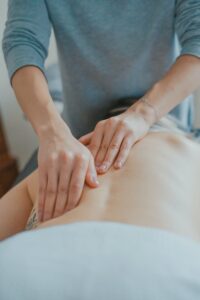
Mechanisms and Benefits of Manual Therapy in Rehabilitation
- Pain Reduction: Manual therapy techniques stimulate the body’s natural pain-relieving mechanisms, such as the release of endorphins and the modulation of pain signals. This can lead to immediate and long-term pain reduction, providing individuals with relief during the rehabilitation process.
- Improved Joint Mobility: Manual therapy techniques, such as joint mobilizations, can restore joint mobility by reducing adhesions, improving joint lubrication, and restoring proper movement patterns. This allows for improved range of motion and increased functionality.
- Muscle Relaxation and Flexibility: Soft tissue manipulation and massage techniques help relax muscle tension, decrease muscle spasms, and improve tissue extensibility. This can lead to improved flexibility, reduced muscle imbalances, and enhanced movement efficiency.
- Enhanced Circulation and Healing: Manual therapy techniques promote blood flow and lymphatic circulation, facilitating the delivery of oxygen and nutrients to injured tissues while removing waste products. This supports the healing process and enhances tissue recovery.
- Improved Neuromuscular Control: Manual therapy can positively influence the neuromuscular system, enhancing proprioception (awareness of body position) and motor control. This can improve movement patterns, stability, and overall functional performance.
- Psychological and Emotional Benefits: Manual therapy often provides a sense of relaxation, stress reduction, and overall well-being. The therapeutic touch involved in manual therapy techniques can contribute to the release of emotional tension and foster a positive mindset during the rehabilitation process.
Integration Manual Therapy in Rehabilitation Programs
Manual therapy is frequently integrated into comprehensive rehabilitation programs. By combining manual therapy with exercises, stretching, and other modalities, a holistic approach to recovery can be achieved. Manual therapy techniques can help prepare the body for exercise, optimise joint mobility before stretching or strengthening activities, and provide pain relief that enables individuals to engage in rehabilitative exercises more effectively.
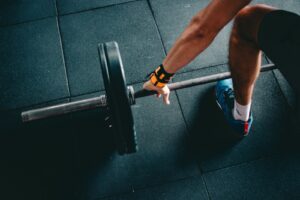
Collaboration with Healthcare Professionals
To ensure safe and effective manual therapy interventions, it is crucial to work with skilled healthcare professionals. Physical therapists, chiropractors, osteopaths, or massage therapists who specialize in manual therapy possess the necessary knowledge and expertise to tailor treatments to individual needs. They can assess the injury, determine the most appropriate techniques, and develop personalized rehabilitation plans that incorporate manual therapy alongside other modalities.
Research on Benefits of Manual Therapy in Rehabilitation
Numerous studies and research articles have investigated the benefits of manual therapy in rehabilitation across various conditions. Here are some examples of research findings that support the use of manual therapy:
1. Low Back Pain
– A systematic review published in the Journal of Orthopaedic & Sports Physical Therapy in 2012 found that spinal manipulation and mobilisation were effective in reducing pain and improving function in patients with chronic low back pain.
2. Neck Pain
– A study published in the Annals of Internal Medicine in 2007 compared manual therapy, exercise, and education for neck pain. The researchers found that manual therapy combined with exercise was more effective than other treatments for improving neck pain and function.
3. Osteoarthritis
– A study published in the Journal of Orthopaedic & Sports Physical Therapy in 2017 investigated the effects of manual therapy in knee osteoarthritis. The results suggested that manual therapy was effective in reducing pain and improving function in individuals with knee osteoarthritis.
4. Frozen Shoulder (Adhesive Capsulitis)
– Research published in the Journal of Orthopaedic & Sports Physical Therapy in 2017 demonstrated that manual therapy, including joint mobilisations and stretching, led to significant improvements in pain and function in individuals with adhesive capsulitis.
5. Hip Osteoarthritis
– A randomised controlled trial published in the Annals of Internal Medicine in 2013 found that manual therapy and exercise were effective in improving pain and function in individuals with hip osteoarthritis.
6. Stroke Rehabilitation
– Research published in the Cochrane Database of Systematic Reviews in 2017 concluded that manual therapy techniques, such as passive movement and stretching, can be beneficial for individuals recovering from stroke by improving muscle tone and joint mobility.
7. Spinal Cord Injury
– A study published in the Archives of Physical Medicine and Rehabilitation in 2020 investigated the effects of manual therapy on individuals with spinal cord injury. The results indicated that manual therapy techniques could improve pain, muscle spasticity, and range of motion in this population.
8. Postoperative Rehabilitation
– Research published in the Journal of Orthopaedic & Sports Physical Therapy in 2016 demonstrated that manual therapy interventions, when used in combination with exercise, can enhance the recovery process and improve outcomes following orthopedic surgery.
*It’s important to note that while these studies provide evidence of the benefits of manual therapy in rehabilitation, individual responses to treatment may vary. Additionally, the effectiveness of manual therapy often depends on the skill and experience of the therapist and the specific techniques used. Patients should consult with qualified healthcare professionals to determine the most appropriate treatment plan based on their unique needs and conditions.*
Conclusion on Manual Therapy in Rehabilitation
Manual therapy offers valuable benefits in the realm of injury rehabilitation, including pain reduction, improved joint mobility, muscle relaxation, enhanced circulation, and psychological well-being. By incorporating manual therapy techniques into rehabilitation programs, individuals can unlock movement, expedite recovery, and optimise functional outcomes.
Remember, seeking the guidance of qualified healthcare professionals and collaborating with them throughout the rehabilitation process is crucial for the safe and effective integration of manual therapy into your recovery journey.
This is why at Summit Physio we take time to choose the right team to support your recovery journey. If you are considering using our services they why not check out our other blogs.
Or you can read our over 150 5* reviews here
